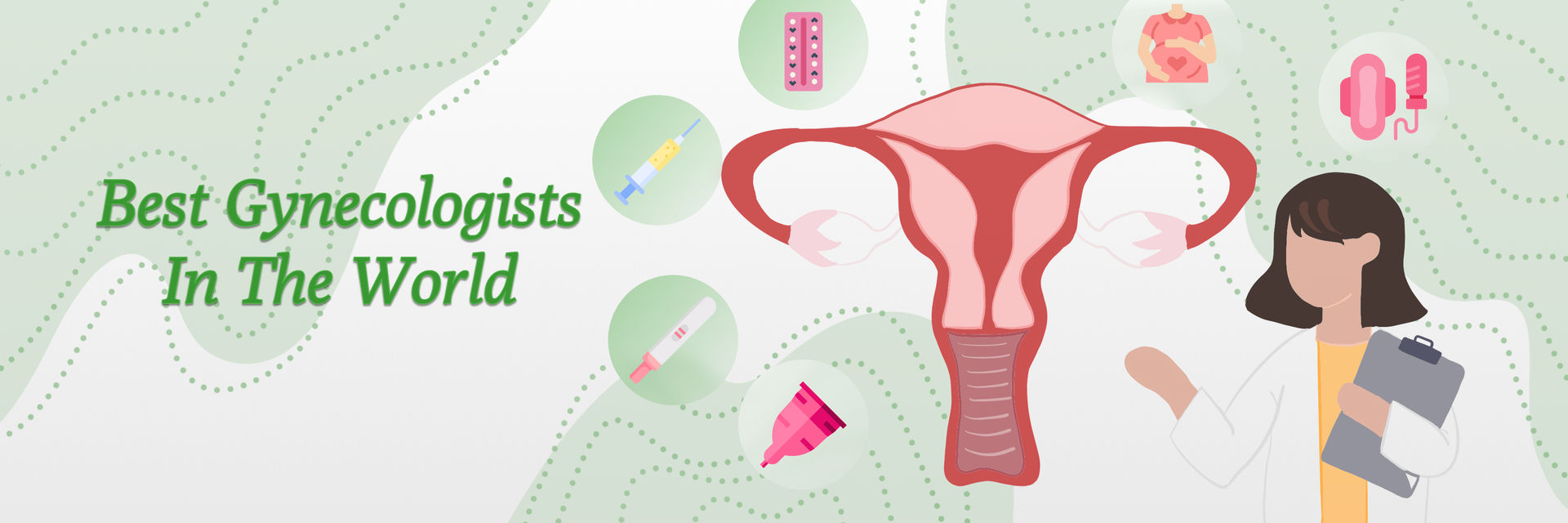Unicornuate uterus with rudimentary horns sounds complicated, right?
In simpler terms, it's a uterus with one horn.
Didn't get it right? Let us explain in a better way.
An unicornuate uterus with rudimentary horn is a unique and rare uterine issue. Instead of the common pear shape, imagine a uterus that looks more like a horn. One side usually develops, but the other side doesn't correctly set. This creates what's called a rudimentary horn. This unique shape can bring about challenges, especially when it comes to fertility and pregnancy.
This uterine irregularity is found in of people. Of all pregnancies, only 1 in 76,000 are in this rudimentary stage. Interestingly, about 75% of those with this single-horned uterus also have a rudimentary horn. It is crucial to stay informed about this matter as it has correlations with conditions such as miscarriages, preterm birth, and pelvic discomfort.
Let’s understand this unique anomaly.
How Does It Differ from Other Uterine Anomalies?
An unicornuate uterus with a rudimentary horn is a unique uterine anomaly. It differs quite a lot from other uterine irregularities. To understand this better, let's break it down.
If you are concerned about any such issues, request for a free consultation now.
What Causes an Unicornuate Uterus with Rudimentary Horn?
Some of the factors causing a unilateral uterus with rudimentary horn are:
- Incomplete fusion: When a baby girl grows in her mother’s womb, her uterus forms two small tubes. Sometimes, these tubes don’t join together correctly. This causes a unilateral uterus with a rudimentary horn.
- Genetic Factors: Often, this could be due to genetic factors.
- Mullerian Ducts: These tubes, called Müllerian ducts, form the uterus. If they don’t join completely, one side creates a small, non-working part called a rudimentary horn.
- Hormonal Influence: Hormones during the baby’s growth in the womb can affect how the tubes join.
- Hereditary Factors: This condition can run in families.
Can getting a simple pelvic exam make you aware of its complications? Let's check ahead
How is Unicornuate Uterus with Rudimentary Horn Diagnosed?
Let's look at the diagnosis:
Pelvic exam: Detects unusual uterine features, such as a single-sided uterus.
Transvaginal or abdominal ultrasound: To visualize uterus and horn.
Hysterosalpingography (HSG): Outline uterus shape and any abnormalities.
Magnetic Resonance Imaging (MRI): MRI provides detailed images of the reproductive organs. This helps to diagnose uterine anomalies.
Laparoscopy: This surgery confirms the presence of a rudimentary horn.
Hysteroscopy: A hysteroscope is a thin tube with a camera. Examines uterine cavity. This detects any structural abnormalities.
3D Ultrasonography: 3D images provide a better view of the uterus and any anomalies.
Medical History and Symptoms: Provide important diagnostic clues with symptoms.
Genetic Testing: To identify potential genetic factors contributing to the uterine anomaly.
Consult a specialist: Seeking guidance from a gynaecologist or reproductive specialist is crucial.
What Are the Effects of Unicornuate Uterus with Rudimentary Horn on Fertility & Pregnancy?
It can have significant implications for your fertility and pregnancy.
Reduced Fertility: Due to the limited uterine capacity for embryo implantation.
Ectopic Pregnancy: A rudimentary horn can lead to an ectopic pregnancy. In this, the fertilized egg implants outside the uterus, usually in the horn. It's a severe medical condition.
Studies conducted show that rudimentary pregnancies account for about 29.6% ectopic pregnancies.
Miscarriage Risk: Due to its limited size and poor blood supply
Preterm Birth: Even if your pregnancy progresses on the functional side of the uterus.
Malpresentation: The baby may be more likely to be in a breech or transverse position. This increases the likelihood of a complicated delivery.
C-Section: To ensure the safety of both the mother and the baby.
Increased Monitoring: These pregnancies need careful check-ups to spot and fix problems early. An unicornuate uterus causes 2.4 to 13% of all Mullerian anomalies. It's linked to many complications . Like infertility, endometriosis, and early deliveries. The success rate for pregnancies isn't precise, and managing them is challenging.
Surgical Intervention: Surgical horn removal may be necessary due to complications.
Placental Issues: Placenta previa (placenta covers the cervix in whole or in part) is frequent.
Intrauterine Growth Restriction (IUGR): Inadequate growth of the developing baby since there is less space.
Your health is too important to ignore – schedule your appointment now.
How is unicornuate uterus with rudimentary horn treated?
Treatment and management options vary depending on individual circumstances.
Surgical Removal: If the horn poses a risk or pain, surgery is done.
Fertility Evaluation: A comprehensive fertility evaluation to assess your reproductive potential
Monitoring and Surveillance: To detect and address complications
Family Planning: Discuss it with your doctor to make informed decisions about pregnancies.
Lifestyle and Health Management: Maintaining a healthy lifestyle and regular check-ups are essential. Addressing any medical conditions can optimize your health.
Education and Awareness: For informed decision-making
Genetic Counseling: For uterine anomalies within families, genetic counseling may be beneficial.
Pain Management: If the rudimentary horn causes pain, adopt pain management strategies. Approximately 40% of women with RHP are asymptomatic. Abdominal pain is the most common clinical symptom.
Awareness and vigilance are the keys to your fertility success.
How Can Women with Unicornuate Uterus with Rudimentary Horns Prepare for Pregnancy?
They can take several steps to prepare for pregnancy.
- Consult a Specialist
- Fertility Assessment
- Regular Health Check-ups
- Emotional Support
- Lifestyle and Diet
- Family Planning
- Genetic Counselling
- Monitoring and Early Detection
- Be vigilant
- Awareness about complications
Your well-being is our priority; call us to book your appointment today
References:
https://www.ncbi.nlm.nih.gov/pmc/articles/PMC10359052/#:~:tex
https://www.ncbi.nlm.nih.gov/pmc/articles/PMC5510148/#:
https://my.clevelandclinic.org/health/diseases/23302-unicornuate-uterus






